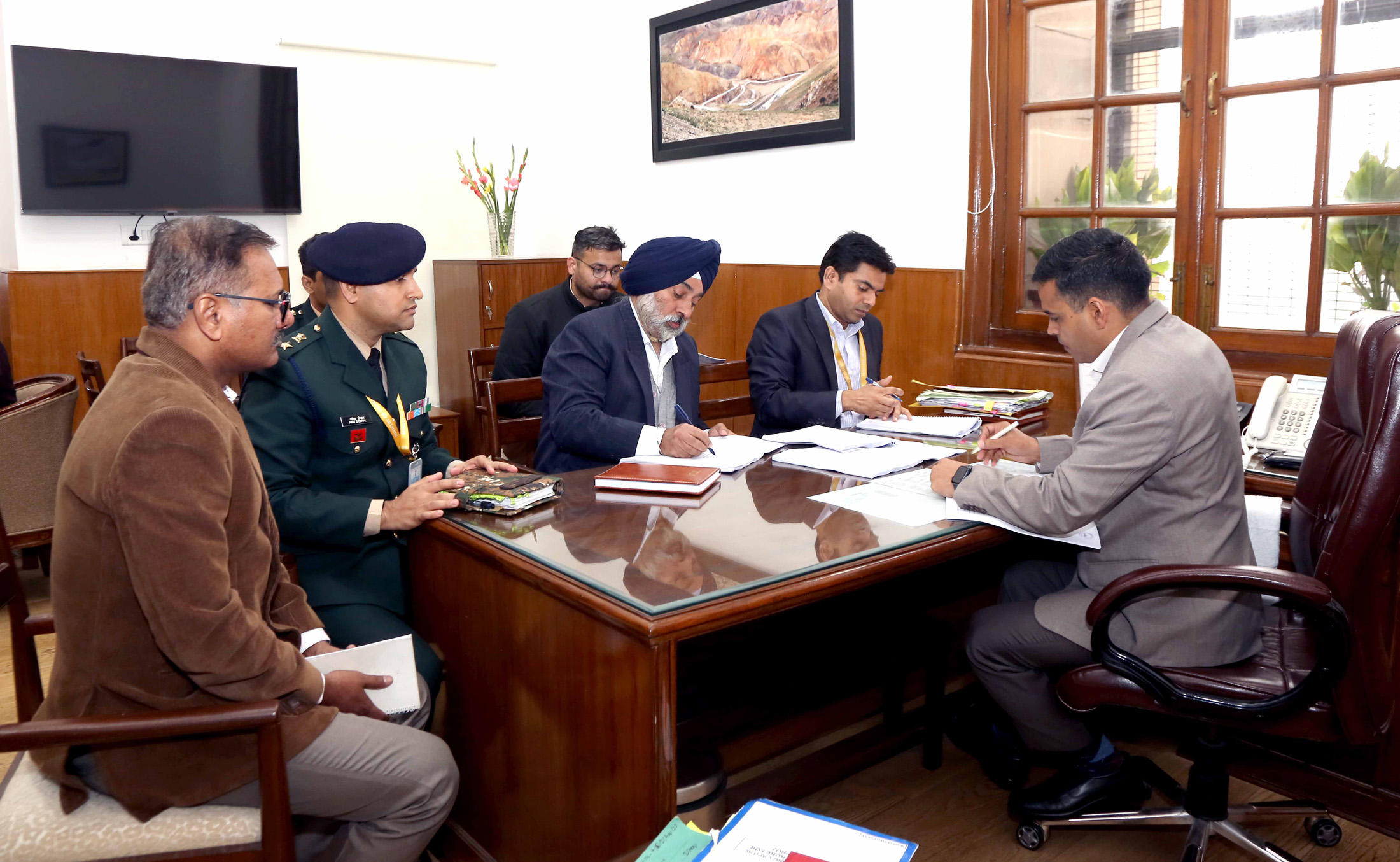Ministry of Defence inked two contracts for the procurement of Qty-697 Bogie Open Military (BOM) Wagons for 473 Cr with M/s Jupiter Wagons Limited and procurement of Qty-56 Mechanical Minefield Marking Equipment (MMME) Mark II for 329 Cr with M/s BEML Ltd, under Buy (Indian-IDDM) category on January 4, 2024 in New Delhi. The BOM Wagons and MMME will be produced with equipment and sub-systems sourced from indigenous manufacturers, giving a boost to the indigenous manufacturing and participation of the private sector in defense production, realizing the vision of Atmanirbhar Bharat.
Both contracts fall under the category of Indian Designed, Developed, and Manufactured (IDDM), highlighting the government’s focus on promoting indigenous production and encouraging private sector participation in defense manufacturing. The production of BOM wagons and MMME Mark II will involve collaboration with domestic manufacturers and systems, aligning with the vision of ‘Atmanirbhar Bharat’ in defense production.
The BOM wagons, designed by the Research Design and Standardization Organization (RDSO) under the Ministry of Defence, are specialized vehicles used by the Indian Army for transportation purposes. These wagons play a crucial role in quickly mobilizing lightweight vehicles, artillery guns, BMPs, and engineering equipment from peaceful locations to operational areas. The acquisition of these wagons will enhance the rapid deployment capabilities of units and equipment during conflict situations, as well as facilitate smooth and efficient movement between stations during peacetime.
Regarding the MMME Mark II, the equipment has been designed to identify and mark explosive-laden areas in the field. Developed with advanced mechanical and electrical systems, the MMME Mark II will reduce the time required to mark minefields during operations, thereby improving the operational efficiency of the Indian Army. The system is based on high-speed in-service wheeled vehicles, enabling quick and efficient marking of designated areas.
The Ministry of Defence clarified that the contracts adhere to the revised Protocol II related to certain conventional weapons, as per the understanding reached in the context of traditional arms agreements. All explosive ordnance disposal areas will now be marked as per the protocol, signifying India’s commitment to international norms.
These contracts reflect India’s dedication to boosting its defense capabilities through the procurement of advanced equipment, emphasizing indigenous production, and fostering collaboration with the private sector. The government’s strategic approach aims to enhance national security while promoting self-sufficiency in defense manufacturing. As the contracts come into effect, they mark another step forward in India’s journey toward a stronger and more resilient defense ecosystem.














